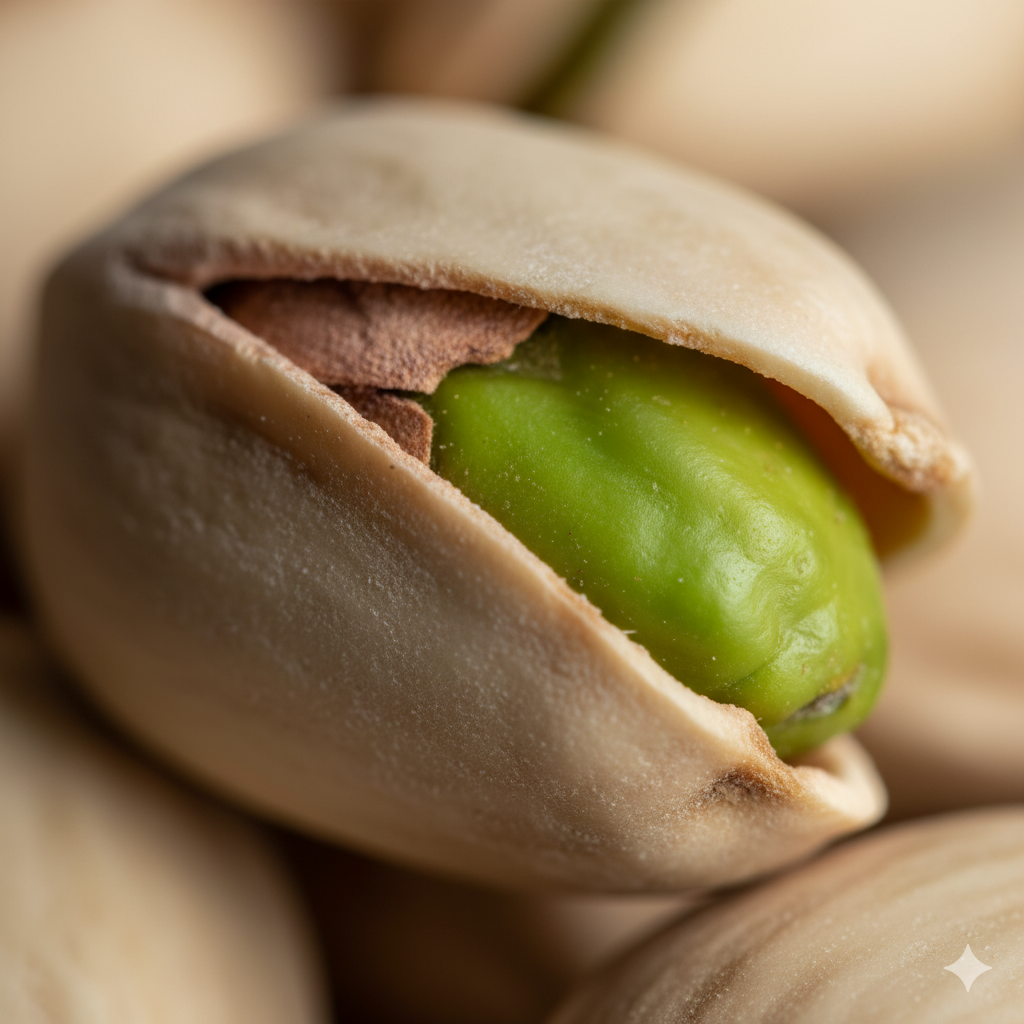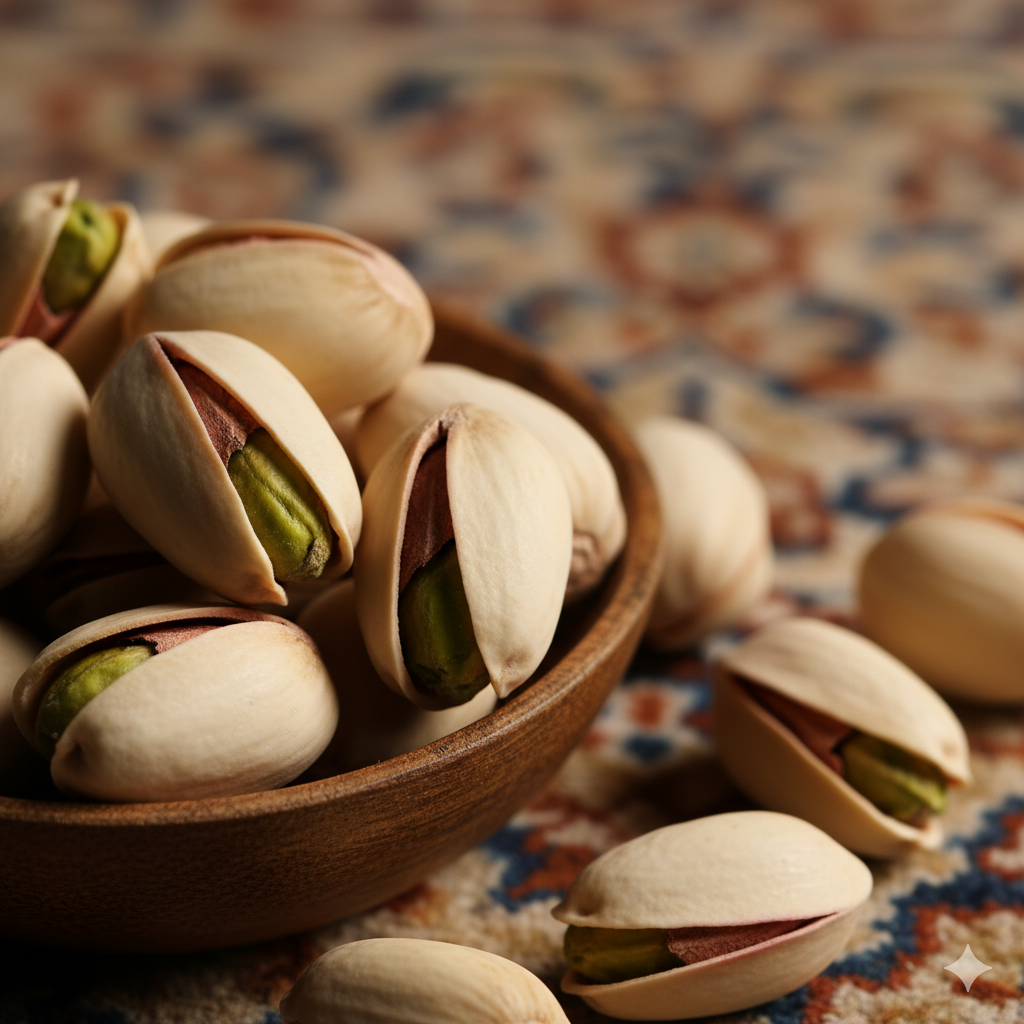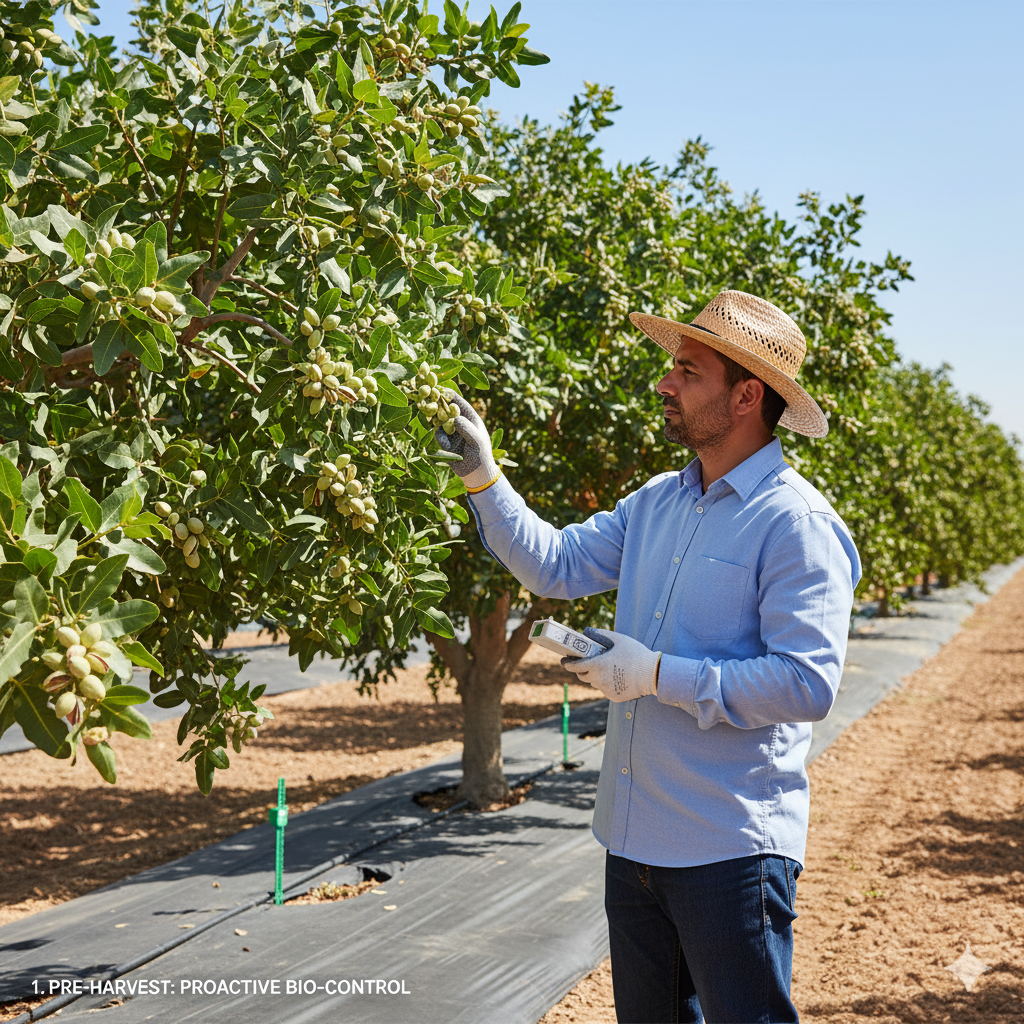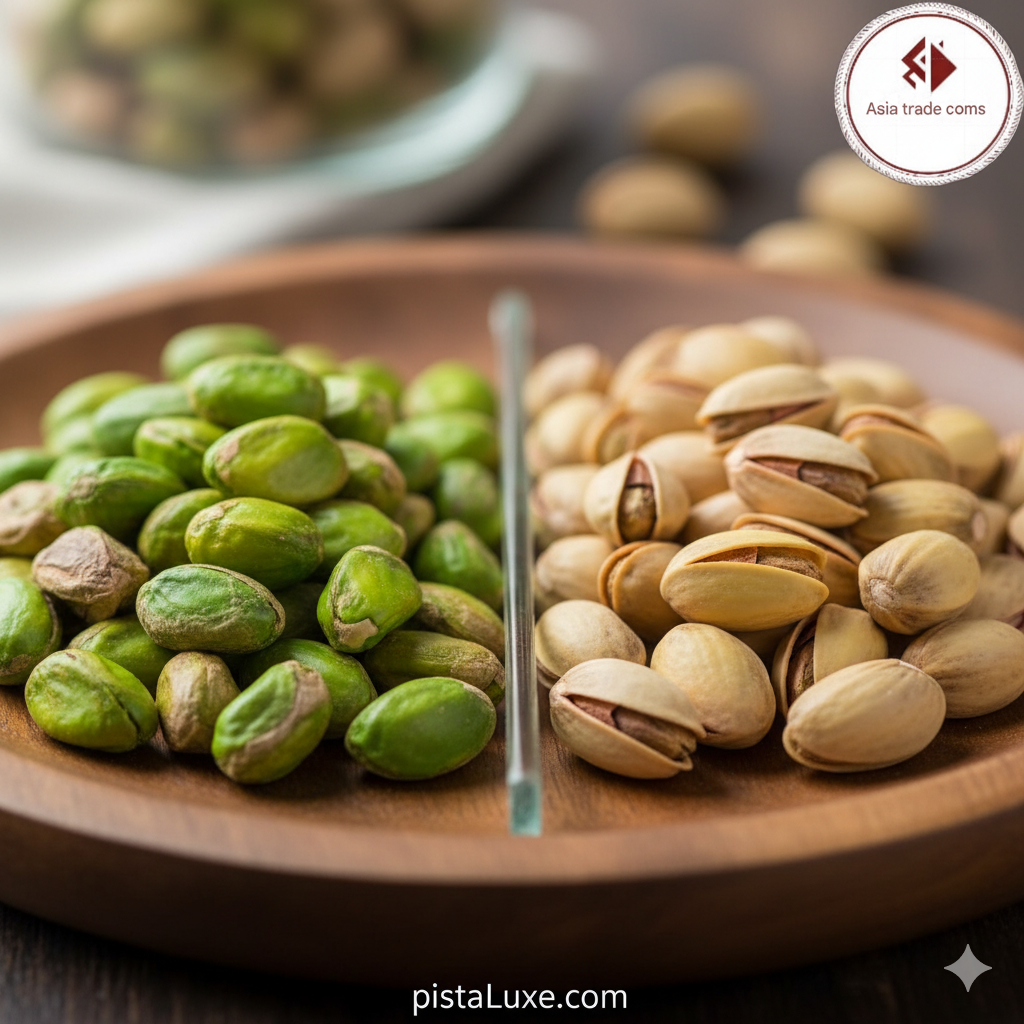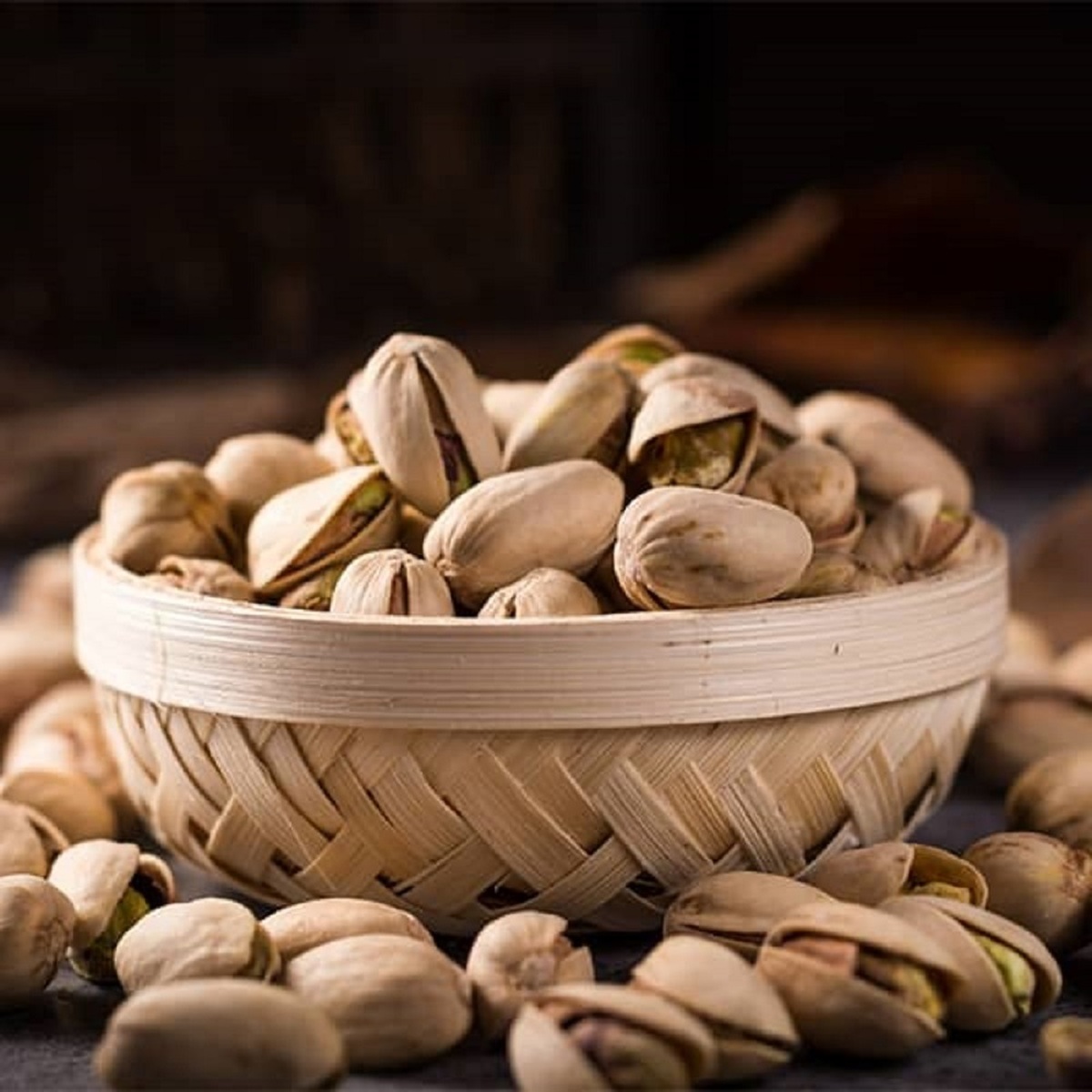
Introduction
Iranian pist exports form a key part of the agricultural value chain and the country’s agricultural-industrial complex. As global markets respond to policy instruments and geopolitical frictions, trigger tariffs (often framed as punitive or responsive export duties) can alter price dynamics, trade balances, and export revenues. This article develops a multi-layered analysis of how trigger tariffs affect Iran’s pistachio exports, considering short-run volatility and long-run structural changes across macroeconomic, market, and policy dimensions.
Theoretical Framework
- Macroeconomic lens: tariff impact on exchange rates, import-competing inflation, and fiscal policy.
- Microeconomic retail and producer behavior: domestic price signals, consumer demand, and production risk.
- International trade and strategic responses: market shares in key destinations and countervailing actions by competitors.
Mechanisms of Impact
- Price, Demand, and Substitution
- How trigger tariffs in destination markets can shift pistachio prices and demand, with effects varying by product type (roasted, salted, shelled) and quality segments.
- Potential shifts in product mix toward higher-value or value-added formats to mitigate tariff exposure.

- Competitiveness and Market Access
- Tariff-induced cost passes through to consumers, affecting competitiveness relative to pistachio producers from competitors (e.g., the U.S., Turkey, others).
- Strategic responses: diversification of markets, diversification of product lines, and investment in processing capabilities.
- Trade Revenues and Fiscal Implications
- Changes in export revenue and their feedback into the current account and government finances.
- Policy responses: export subsidies or support mechanisms to sustain strategic trade relationships or to cushion exporters.
- Short-Run vs Long-Run Dynamics
- Short-run: price volatility, demand shifts, stress on SMEs, and liquidity needs.
- Long-run: restructuring of supply chains, investment in processing, packaging, and brand-building; more robust long-term contracts.
Policy and Strategic Implications
- Market diversification: expanding to non-traditional markets to spread tariff exposure.
- Product and value-added diversification: nuts with coatings, oil, and other value-added pistachio products.
- Pricing strategies and export incentives: targeted subsidies, export credit facilities, and tariff diplomacy.
- Diplomatic engagement and trade agreements: leveraging multilateral forums to discuss tariff harmonization or reductions.
Conclusion
Trigger tariffs can be both a threat and an opportunity for Iran’s pistachio sector. A coordinated, multi-actor policy approach—spanning agriculture, commerce, and finance—can safeguard export revenues, sustain competitiveness, and unlock higher value through added-processing and brand development. Strategic investment in processing technology, market development, and cross-border trade partnerships is essential for resilience and long-term growth.
To order or get advice on pistachio and dried fruit varieties, contact our team via our official WhatsApp. Our support team is ready to answer your questions and can help you choose the right pistachio and dried fruit. WhatsApp number 009890214773705


